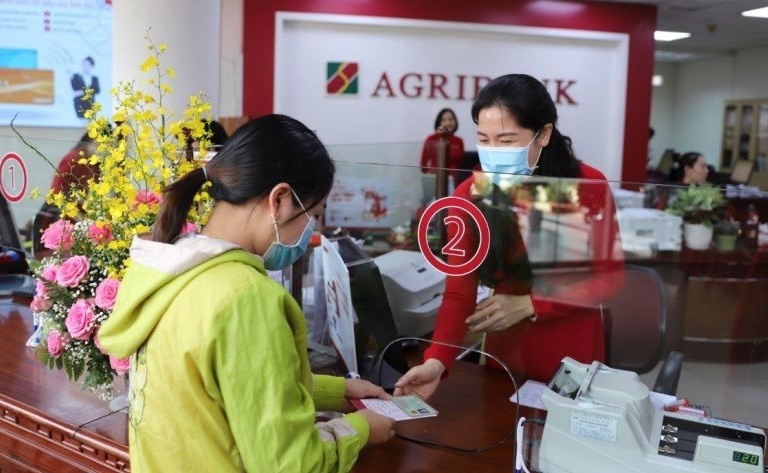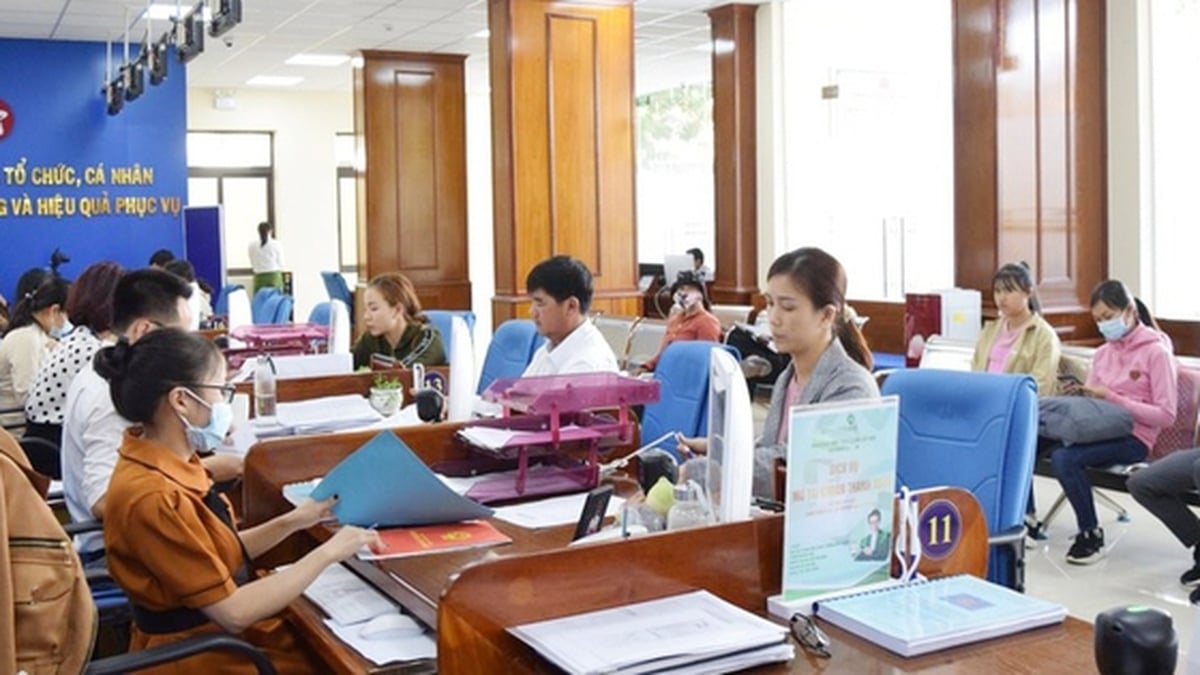The Bank for Agriculture and Rural Development ( Agribank ) will reduce interest rates by 0.5% for new loans, said Mr. Pham Toan Vuong, General Director of Agribank at a working session of the working delegation of ministries and branches led by the Governor of the State Bank of Vietnam to grasp the situation of production and business activities, public investment, import and export in Vinh Long province, on May 12.
 | Agribank organizes conference to evaluate products and promote credit growth |
 | Agribank quickly implements Circular 02 |
 |
Agribank representative also added that for existing loans, the bank will reduce interest rates by 1-1.5%, depending on whether the loan has a short or medium- or long-term term.
In addition to restructuring debt for customers in difficulty according to Circular 02/2023/TT-NHNN, Agribank will issue specific plans on the time to reduce interest rates for new loans and reduce interest rates for old outstanding loans.
“Our bank’s agricultural and rural lending activities in many localities currently account for over 90% of the market share in localities; in particular, the bank’s lending for temporary rice storage has very low interest rates,” added the General Director of Agribank.
Agribank is the second bank to reduce lending interest rates by 0.5% for new loans, after Vietcombank previously announced a similar interest rate reduction. In the coming days, other credit institutions may continue to reduce lending interest rates.
Since the beginning of 2023, the State Bank of Vietnam has twice reduced some operating interest rates as a form of support for credit institutions to reduce lending interest rates in the market.
Mr. Pham Chi Quang, Director of the Monetary Policy Department, State Bank of Vietnam, said that the reduction of lending interest rates in the market requires a policy lag because each credit institution previously had to mobilize capital at high interest rates, and each bank has a different reduction level depending on the input capital mobilization price and financial capacity of each bank.
D. Hai
Source link







































































































Comment (0)